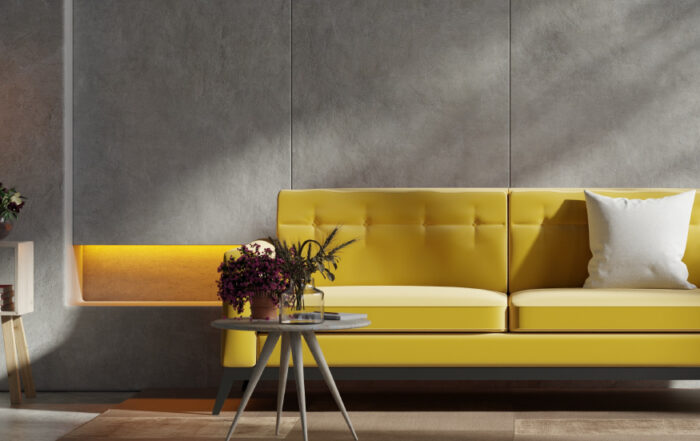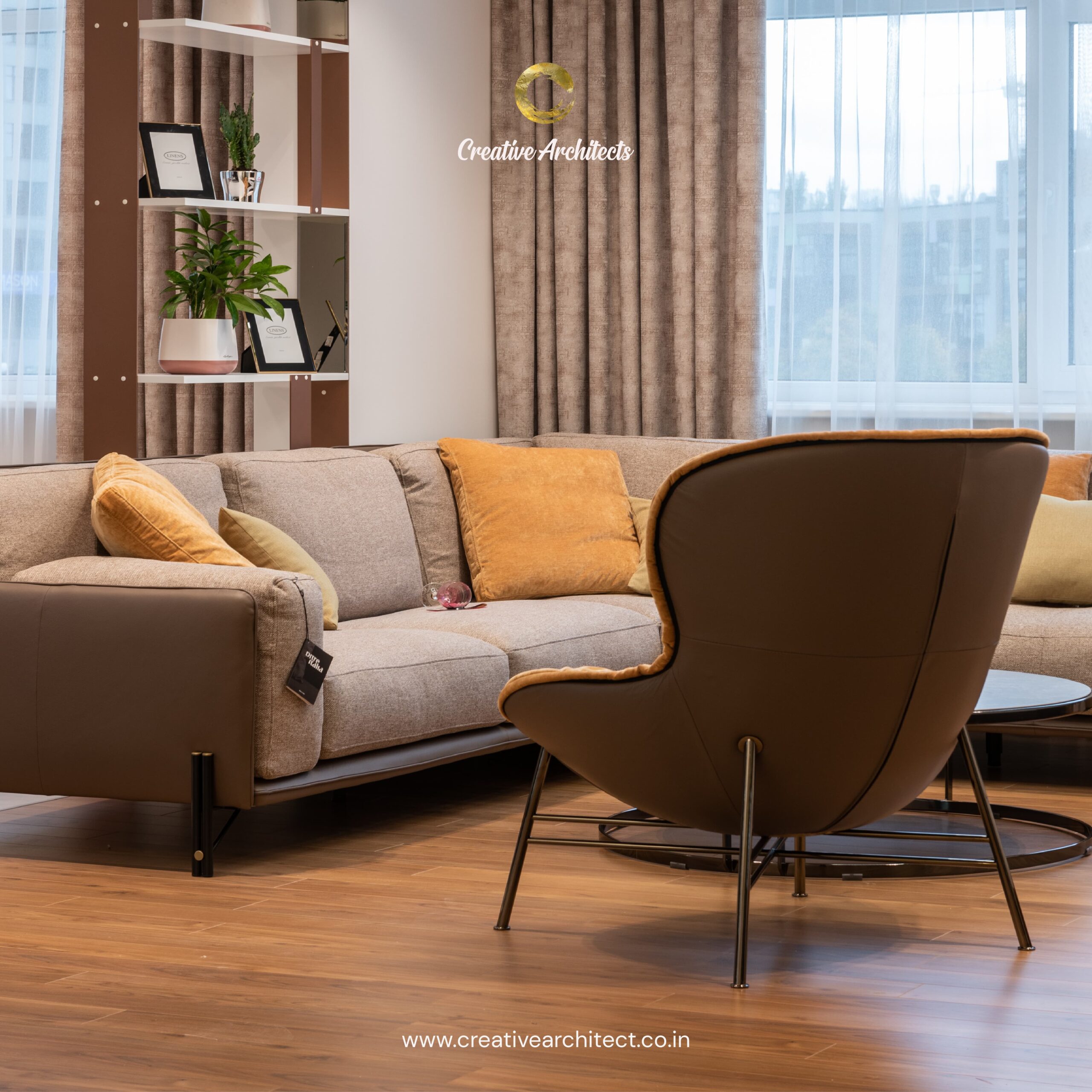While designing your home, the color palette you choose is a big decision to be made. These choices are completely subjective, which means there is no right or wrong choice! The most important consideration is the color palette that feels right for you. Here are some tips to choose a color scheme that will help you fill rooms with shades that beautifully reflect your personal style.

How to Choose a Color Scheme?
- Resist choosing the Paint colors first: When planning a room’s color scheme, resist the temptation to select the paint color first. As paint is inexpensive, and can be done a little later in the process, it is far better to choose the color scheme based on less flexible elements of your space such as: Furniture, Tiles, Wallpaper, etc.
- Find Inspiration for your Color Scheme: For an easy way to choose your color palette, you can base it off of an item / design / image that you love. You can base it off of a piece of art, furniture, a photo you saw online or a fabric you are very drawn to. Pull out specific shades within the design and apply them with your decorating choices. Pay attention to the proportions of each shade to recreate a similarly balanced color scheme.
- Plan your home’s Color Scheme: If you are wary of color, map it out first. Draw a plan of your home and list what will be in each room, such as the carpet, wall colors, and furniture. Gather swatches or paint chips that represent the colors of those items. Assess the rooms for both positive and negative attributes and write them down. Find pivotal points from the list of positive traits. You should also consider how one room will flow into the next, what mood you want, and the items to be incorporated into the palette. Plan the house one room at a time. For an easy whole-home color palette, try using one color in different proportions in all rooms: as a wall color in one room and accent in another
- Consider how light affects Color: Lighting is an important aspect of all decor and function within the home and should never be overlooked. Light reflects and deflects color, changing it constantly, throughout the day. Daylight is considered the perfect light source because it has nearly uniform intensity over the entire visible spectrum of colors. Natural light changes from sunrise to sunset as the sun’s rays travel through varying amounts of atmosphere. When considering a color scheme for a particular room, spend some time in the space throughout the day, taking note of how the shifting light affects it. Different lighting can change the appearance of color as well. Indigo, for example, can appear bluer in one room and have much more red in another.

Now that you have a few color schemes in mind, and how to choose them; here’s how you can apply this color scheme into your Home!
Adding color to a room doesn’t have to mean a long-term relationship with a chosen hue. Fabrics and textiles such as rugs, pillows, throws, and window treatments are the perfect elements for inviting color in and can add pattern and texture as well.
Artwork brings in color and personality at the same time. Accessories and personal collections can act as colorful accents in your room. And don’t forget the lively hues of natural elements like flowers and fruit. Grouped in vases or bowls, they create a colorful mass in any space.
While neutrals might seem safe, there are many benefits to using color in your home. Color can unite disparate styles of furnishings and works well for renewing worn or outdated furniture. A fresh, unexpected pop of color can turn a boring room into a stylish, personalized space. Using color can also manipulate your sense of space. A small room can seem larger with light colors; a large room will shrink with a darker shade on the walls. While these decisions might seem overwhelming, remember that you are creating a space of your own and one that embodies your personality.

And most important of all, remember to have fun with it!






